Private view: A sneak peek at Fendi’s Dimore-designed Palazzo Privé, Rome
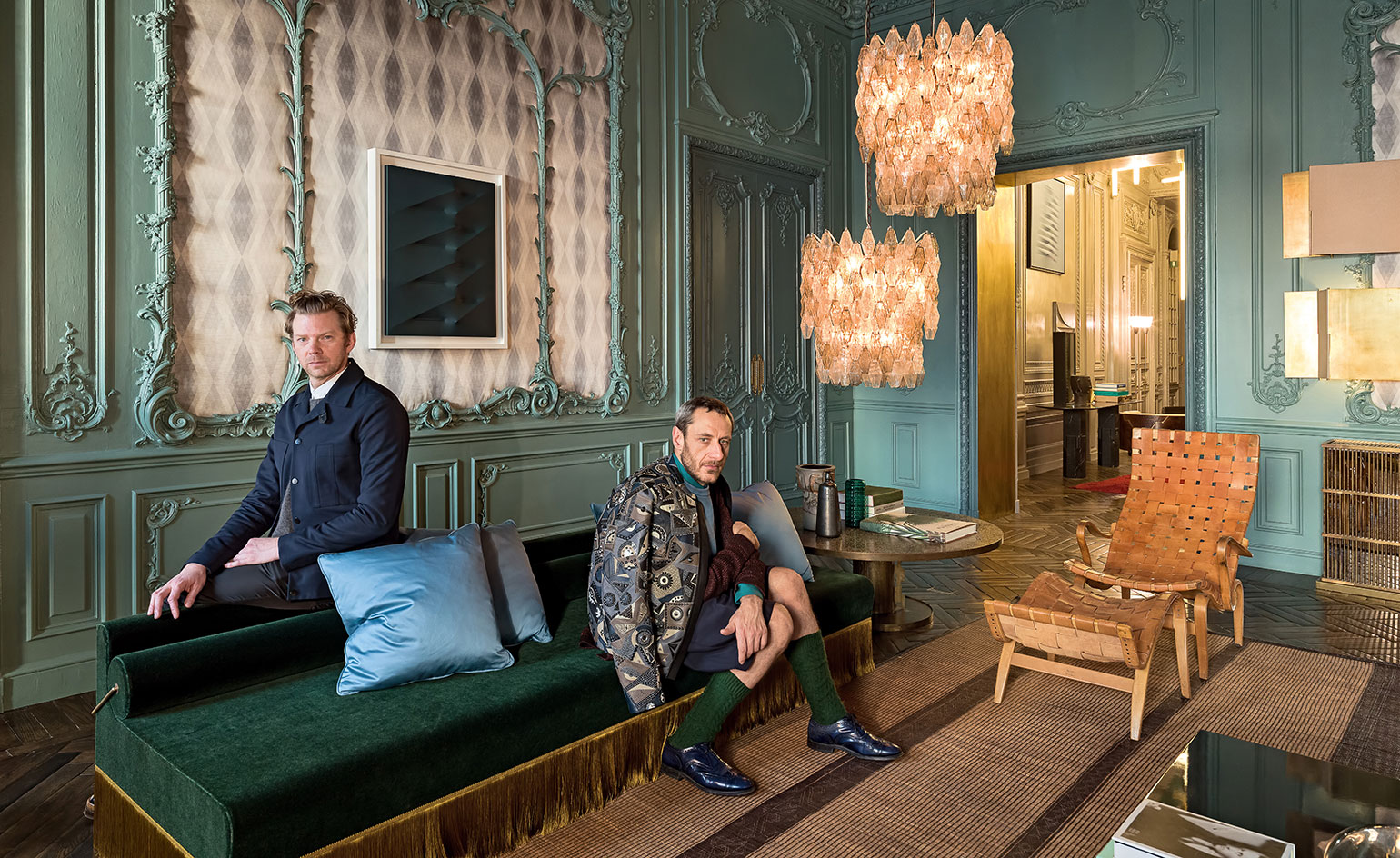
Our new favourite apartment in Rome doesn’t belong to the kind of pedigreed aristocrat that typically holds the keys to high-end real estate in this ancient city. Instead, it belongs to Fendi.
Designed by Emiliano Salci and Britt Moran, of Dimore Studio, the apartment unfolds on the second floor of Palazzo Fendi, a 17th-century pile located on Largo Carlo Goldoni in the heart of Rome, just down the street from the Spanish Steps. Previously a ho-hum Fendi store and anonymous office space, it has been ambitiously reconceived and refurbished as a five-storey cultural, retail, hospitality and entertaining complex for the brand and its clients.
Following the opening of Fendi’s new headquarters in the refurbished fascist-era Palazzo della Civiltà in Rome’s outer EUR district, Palazzo Fendi now houses a two-floor store designed by Gwenaël Nicolas and a seven-suite hotel, Fendi Private Suites, while the top two floors will soon welcome an incarnation of Rainer Becker’s contemporary Japanese restaurant Zuma, as well as a rooftop bar.
‘Each maison at LVMH has a store which is much more than the store,’ says Fendi CEO Pietro Beccari, who has overseen the brand’s recent empire building in Rome. ‘It’s the living incarnation of the brand. Dior has Avenue Montaigne, Louis Vuitton has the Champs-Élysées, we have Rome. There is no other place where you can so precisely understand our very personal vision of luxury.’
As for the Fendi apartment, which sits above the shop but below the hotel, it is the crown jewel of this new project. Salci and Moran were picked for the project nearly two years ago by Beccari and Silvia Venturini Fendi, creative director of Fendi’s accessories and menswear. ‘We love their work, their artistic approach, their aesthetics and their attention to detail,’ says Beccari, who together with Venturini Fendi commissioned the duo to create a collection of design pieces for Design Miami in 2014 in the lead up to the Palazzo’s refurbishment. Entitled ‘Roman Lounge’, the well-received display featured two light sculptures, a black iron and smoked glass bookcase, a square dining table, two crocodile and leather armchairs, and a sheared mink-covered chaise longue, all of which were originally conceived for this apartment. ‘Seeing these pieces in their ultimate destination is very exciting,’ says Venturini Fendi.
Known for their skilfully curated interiors, Salci and Moran have the eye of seasoned, finicky collectors, but also understand the joys of flopping on the couch. The combination of museum-worthy art and design pieces assembled in rooms that look holiday-home welcoming is spellbinding. ‘The space was already beautiful,’ says Moran. With lofty 4.2m-high ceilings, double doors, classic windows and massive piles of decorative stucco, there was plenty there for the duo to work with. ‘We wanted to just furnish it and put some colours in.’
Moran is being modest, of course. This was more than a quick paint job, and involved faithfully refurbishing all the historical details, right down to the brass doorknobs and the iron lattice entry way, in-depth research into rare vintage furniture and objects, and an injection of contemporary punch.
Salci and Moran washed the walls and ceilings with a blue-grey shade of sage that they mixed themselves, resulting in a dramatic Ladurée box-effect. Vintage-looking matt brass touches, all custom-designed by Dimore, are everywhere – from doorway linings to the sculptural cages designed to cover unsightly radiators, air-conditioning units and lighting systems, and which glow like golden bamboo rods.
Even the lift has been caged in brass rods and capped with a huge sculptural dome that resembles an art deco perfume bottle. The designers added Kentia palms throughout the space and a 19th-century wood-bark carpet in the living room (‘It cost a fortune,’ admits Salci, slightly guiltily), which create an exotic, almost colonial feel to the space. ‘It’s not Roman,’ remarks Moran. ‘But it’s very Italian.’
‘It had to have a very warm feeling, not like a store, but a home to relax in, a place to drink a glass of wine or a cup of tea,’ says Salci. ‘So the lights were very important. There are no technical lights anywhere.’
Instead, every soft-glowing lamp is either a midcentury masterpiece, such as Ignazio Gardella’s table lamps for Azucena or Stilnovo appliques, or a custom-made piece by Dimore, like the sculptural brass and glass tube installation in the foyer, the wall sconce in the living room crafted from Fendi Selleria leather, or the monumental Pergamena leather and brass chandeliers hanging over the dining room table.
Just as homey are Axel Vervoordt’s upholstered armchairs, which Dimore paired with its own custom-made, gold silk-fringed, pine green velvet day beds in the living room. A cosy chaise longue, covered in Fendi’s plush sheared pink mink, paired with Meret Oppenheim’s 1949 ‘Traccia’ table, invites visitors to take a nap in the fitting room, where the walls are lined with midnight blue silk fabric. In the dining room, a giant square table with a geometric iron base, surrounded by chairs that Dimore sourced from the Fratelli Levaggi chair workshop in Liguria and covered with 1920s fabric, is large enough to host 16 people at a seated dinner. Meanwhile, the apartment’s exceptional collection of modern art includes pieces by Agostino Bonalumi, Lucio Fontana and Nunzio, on loan from the Mazzoleni gallery in Turin.
The apartment is intended to be used exclusively for entertaining Fendi’s top VIP and celebrity customers. ‘It will allow us to have some friends over for a meal or for drinks in the heart of the city,’ says Beccari. ‘It will be an experience money can’t buy.’ In fact, the only thing missing here is a bedroom. But with Fendi’s new hotel upstairs, beautiful sleeping arrangements are just a flight of stairs away.
As originally featured in the March 2016 issue of Wallpaper* (W*204)
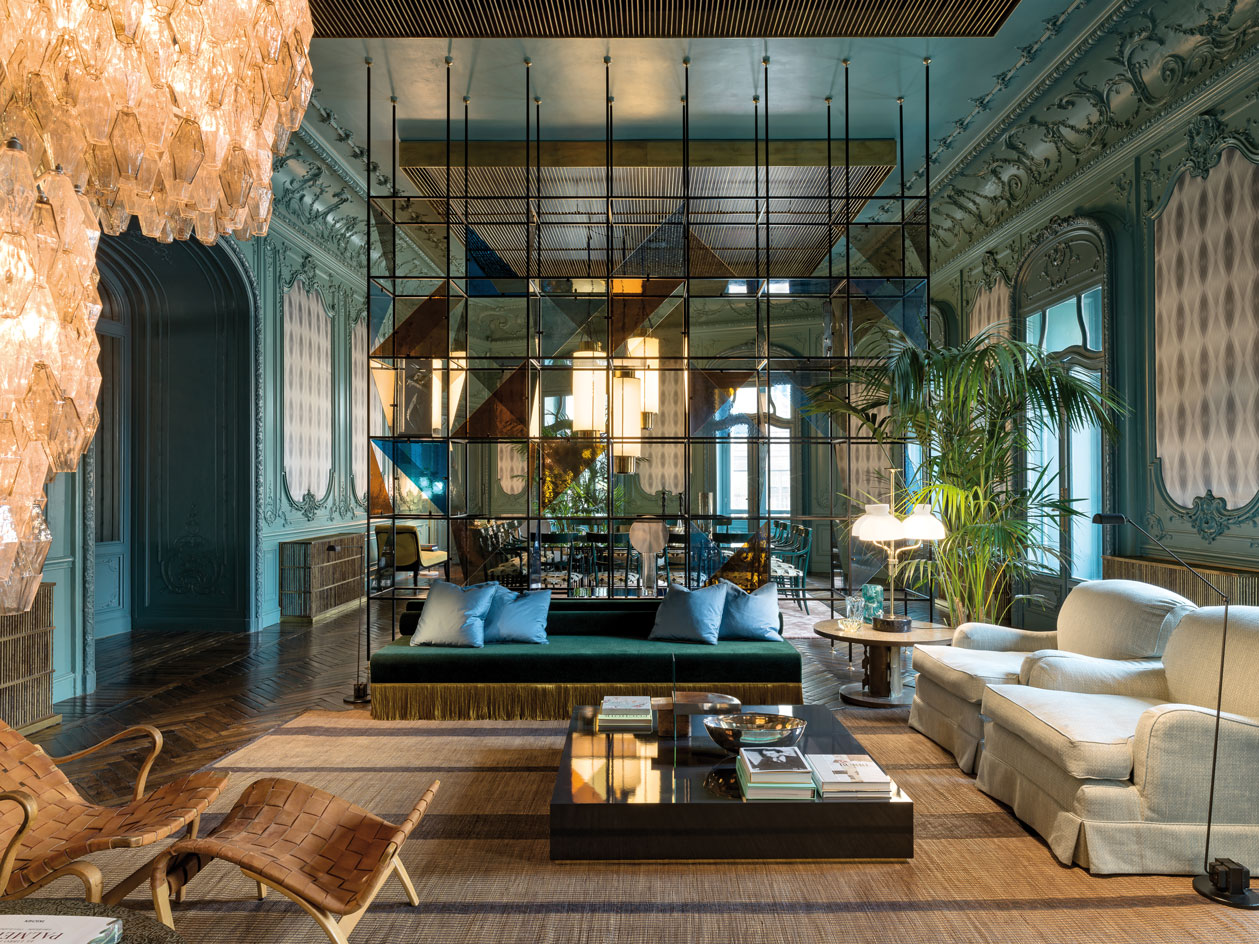
The focal point of the living room is a smoked glass and iron bookcase, which sits alongside a pair of Axel Vervoordt club chairs and a Bruno Mathsson lounge chair
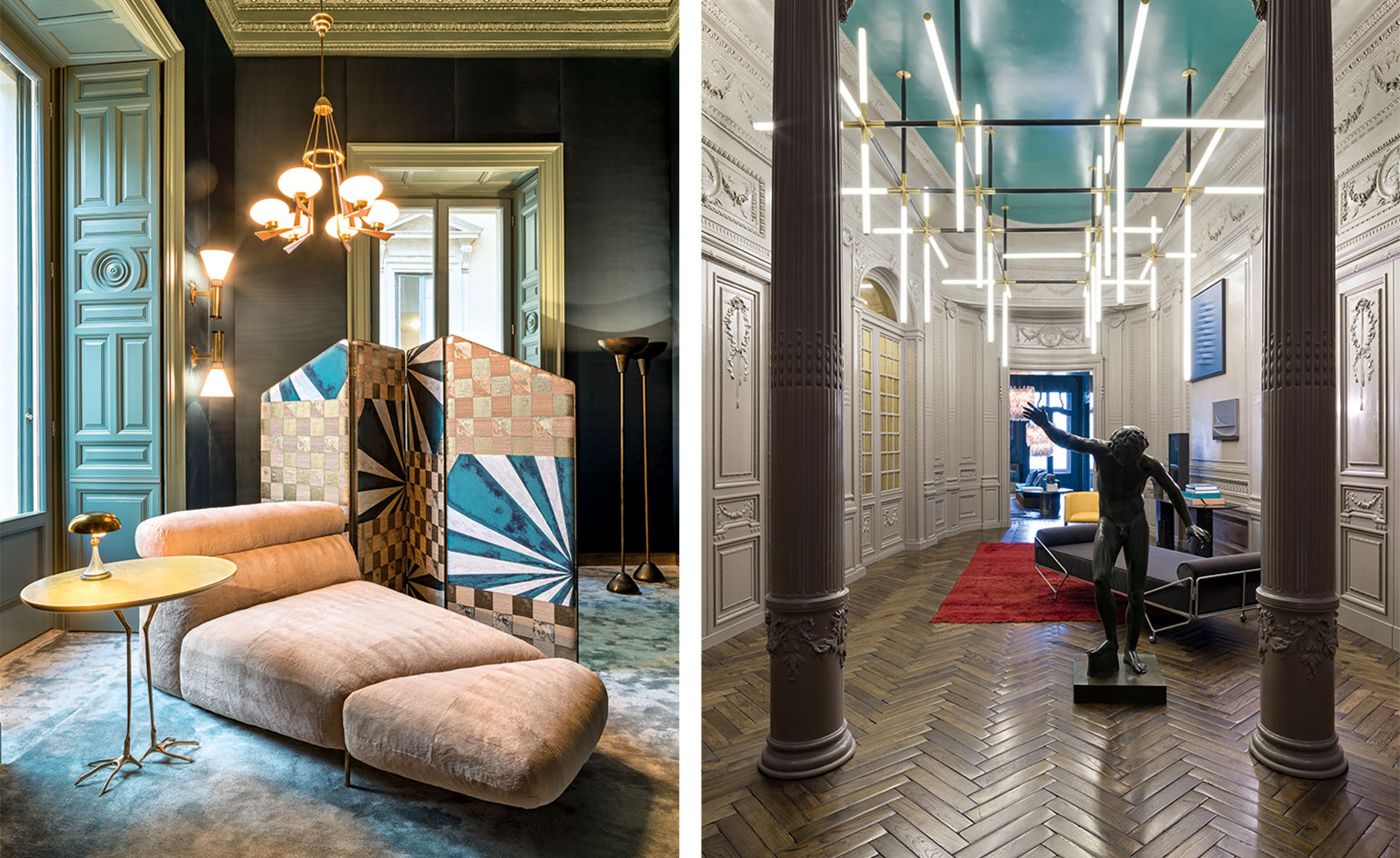
The apartment’s fitting room (left) includes a sheared pink mink chaise longue by Dimore, a Meret Oppenheim ‘Traccia’ table and a pair of vintage Stilnovo Appliques; while the foyer (right) sports a rare Giò Ponti ‘Apta’ day bed, an Altai rug and a sculptural brass and glass chandelier
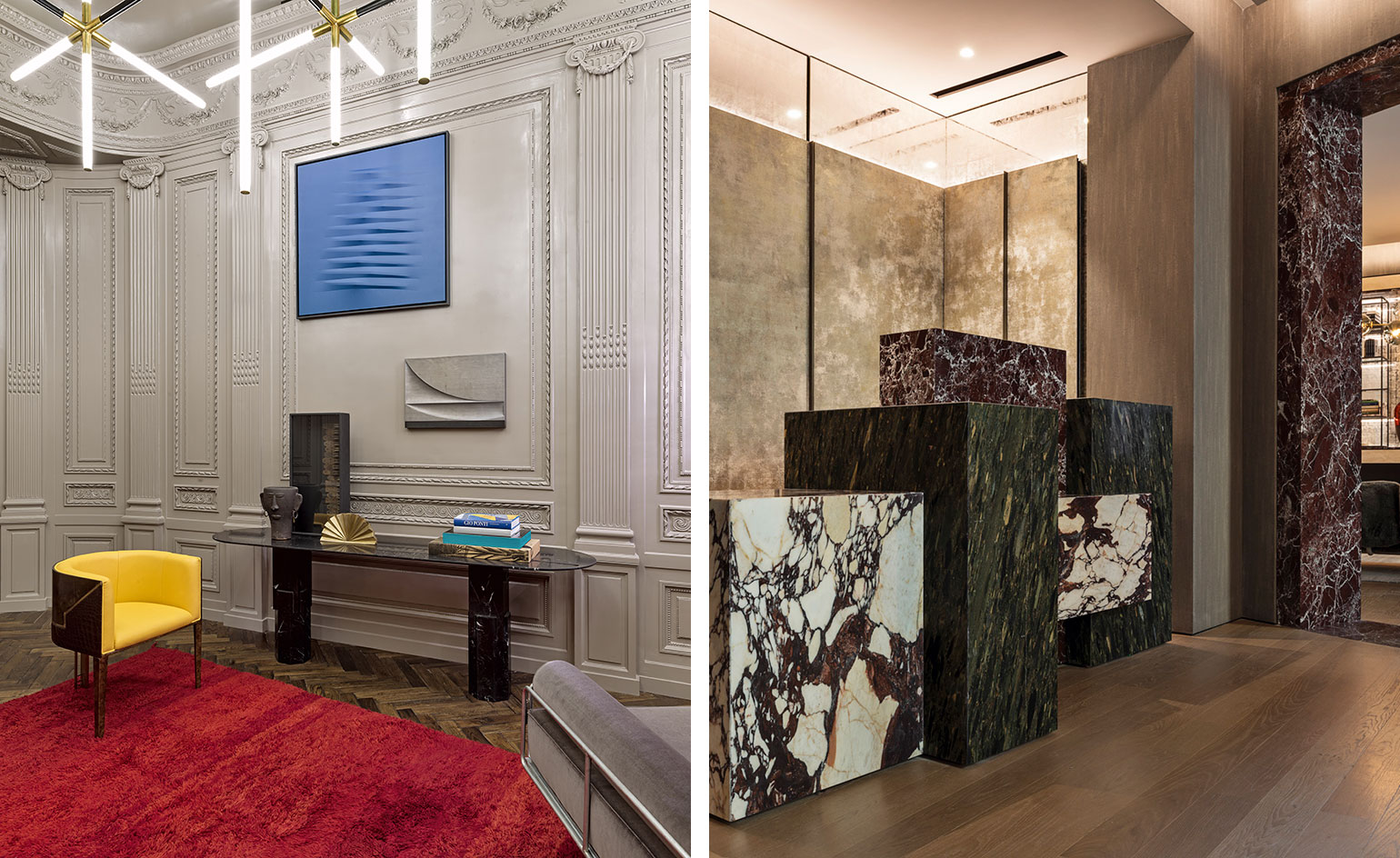
Pictured left: in the foyer, Dimore’s ‘Conversation’ chair sits next to an ‘Ionik’ console by Oeuffice, while on the wall hangs Blu, 1979, by Agostino Bonalumi, and Segno, 2013, by Nunzio. Pictured right: the new private apartment at Palazzo Fendi may only be available to specially invited guests, but you can still enjoy a stay in the 17th century building and Fendi’s superior design aesthetic, as well as a unique Roman experience, by checking in to one of its seven hotel suites
INFORMATION
For more information, visit Fendi’s website
Photography: Matteo Piazza
Wallpaper* Newsletter
Receive our daily digest of inspiration, escapism and design stories from around the world direct to your inbox.
JJ Martin
-
 Japan in Milan! See the highlights of Japanese design at Milan Design Week 2025
Japan in Milan! See the highlights of Japanese design at Milan Design Week 2025At Milan Design Week 2025 Japanese craftsmanship was a front runner with an array of projects in the spotlight. Here are some of our highlights
By Danielle Demetriou
-
 Tour the best contemporary tea houses around the world
Tour the best contemporary tea houses around the worldCelebrate the world’s most unique tea houses, from Melbourne to Stockholm, with a new book by Wallpaper’s Léa Teuscher
By Léa Teuscher
-
 ‘Humour is foundational’: artist Ella Kruglyanskaya on painting as a ‘highly questionable’ pursuit
‘Humour is foundational’: artist Ella Kruglyanskaya on painting as a ‘highly questionable’ pursuitElla Kruglyanskaya’s exhibition, ‘Shadows’ at Thomas Dane Gallery, is the first in a series of three this year, with openings in Basel and New York to follow
By Hannah Silver
-
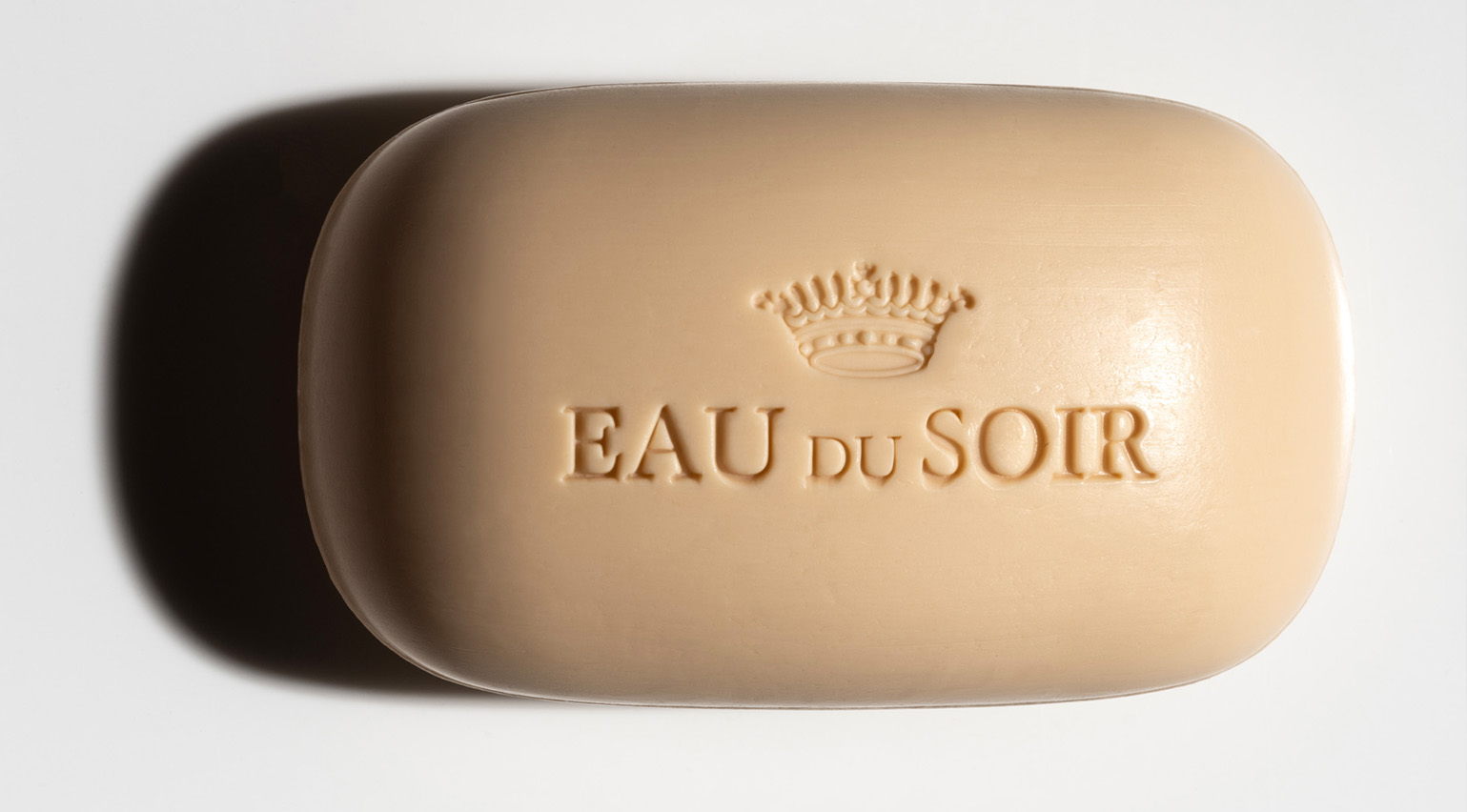 Unboxing beauty products from 2024, as seen on the pages of Wallpaper*
Unboxing beauty products from 2024, as seen on the pages of Wallpaper*Wallpaper's 2024 beauty picks included Chanel lipstick, Bottega Veneta perfume and solid soap from the likes of Aesop, Celine, Diptyque, Hermès and Sisley
By Hannah Tindle
-
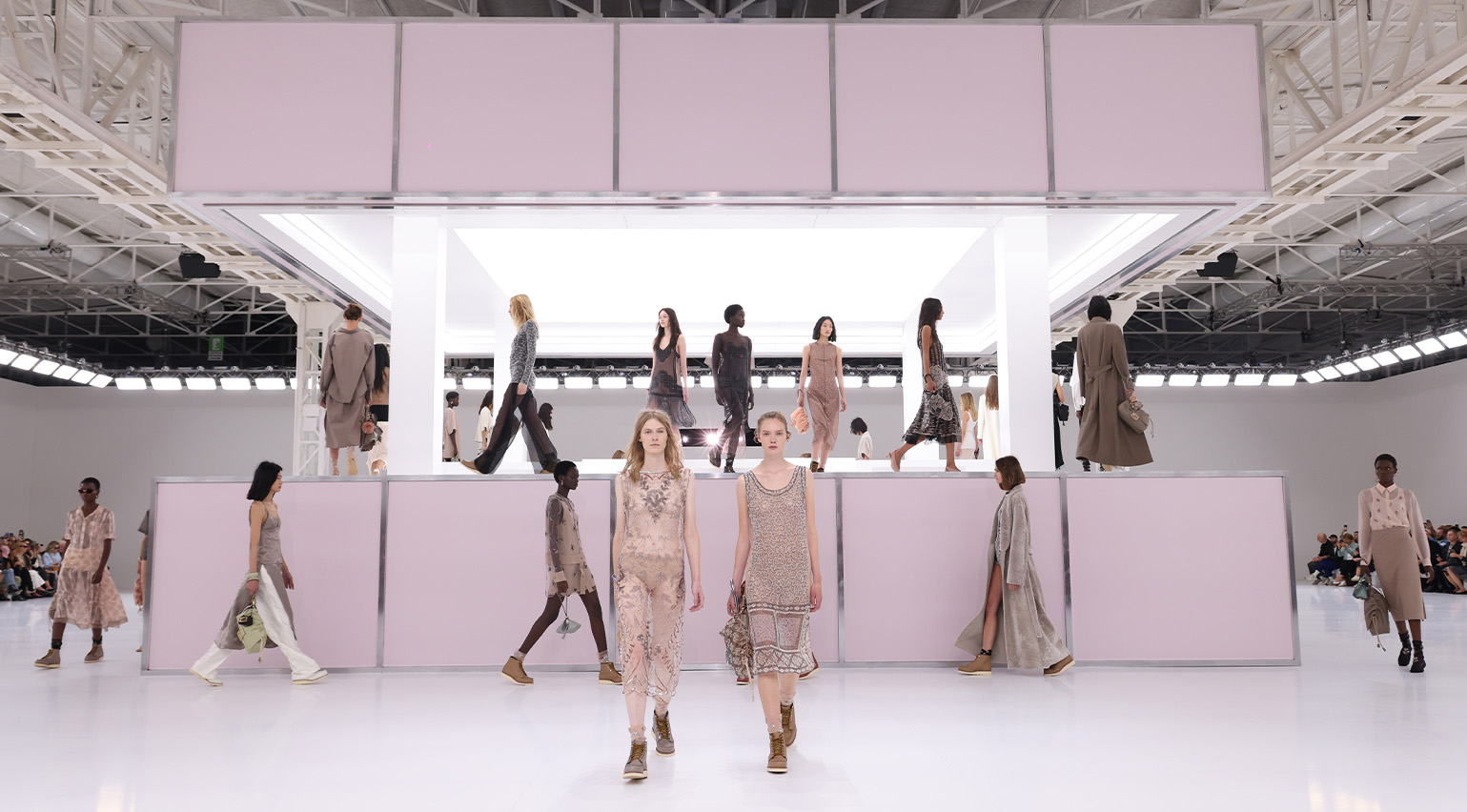 Kim Jones to exit Fendi after four years
Kim Jones to exit Fendi after four yearsFendi has announced that Kim Jones is leaving his role as artistic director of womenswear and couture at the Italian house, though will remain at Dior Men
By Jack Moss
-
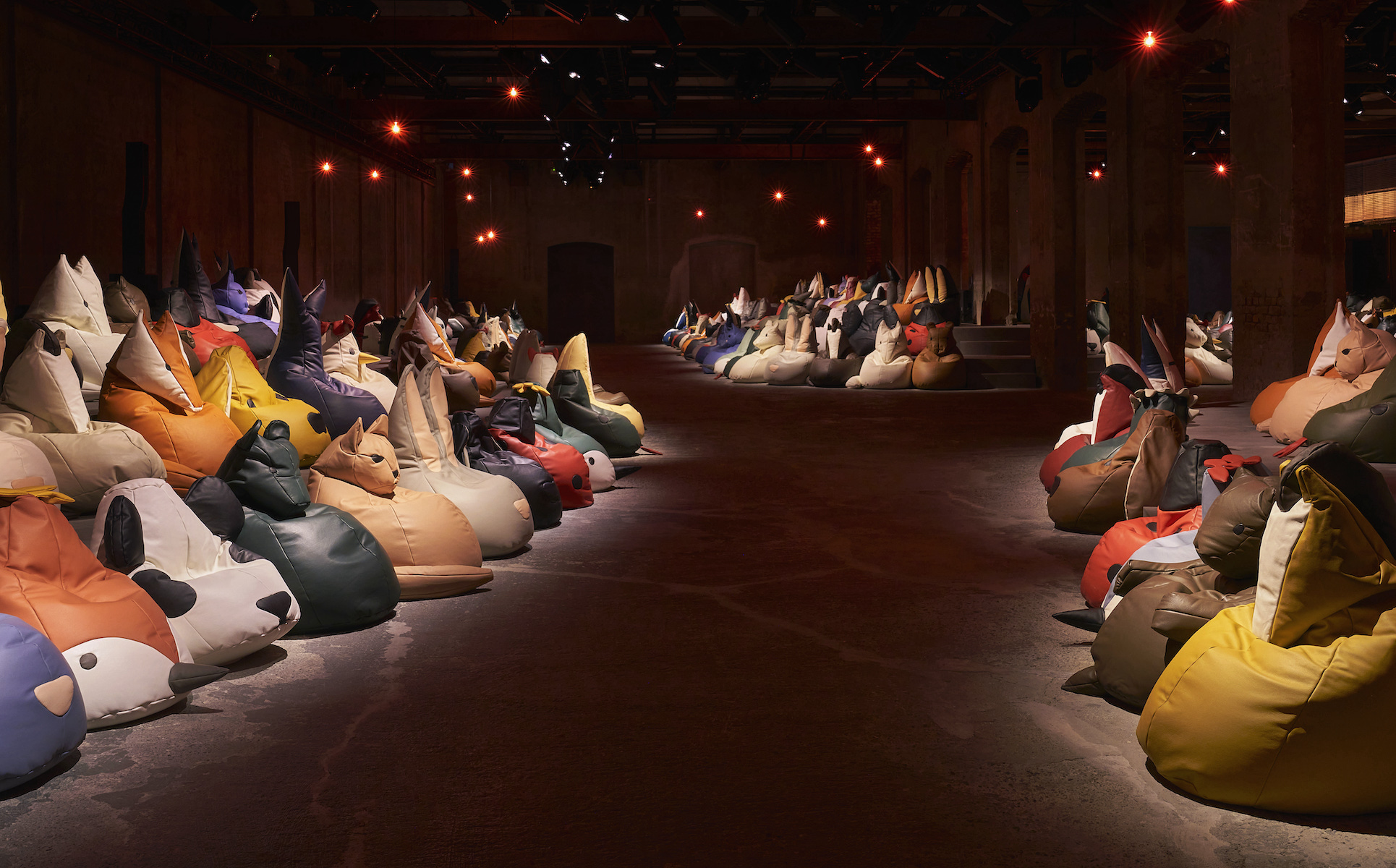 The breathtaking runway sets of S/S 2025, from beanbag animals to a twisted living room
The breathtaking runway sets of S/S 2025, from beanbag animals to a twisted living roomWallpaper* picks the best runway sets and show spaces of fashion month, which featured Bottega Veneta’s beanbag menagerie, opulence at Saint Laurent, and artist collaborations at Acne Studios and Burberry
By Jack Moss
-
 Milan Fashion Week S/S 2025 highlights: Dolce & Gabbana to Bottega Veneta
Milan Fashion Week S/S 2025 highlights: Dolce & Gabbana to Bottega VenetaWallpaper* fashion features editor Jack Moss selects the best of Milan Fashion Week S/S 2025, from Dolce & Gabbana’s homage to Madonna to childlike wonder at Bottega Veneta
By Jack Moss
-
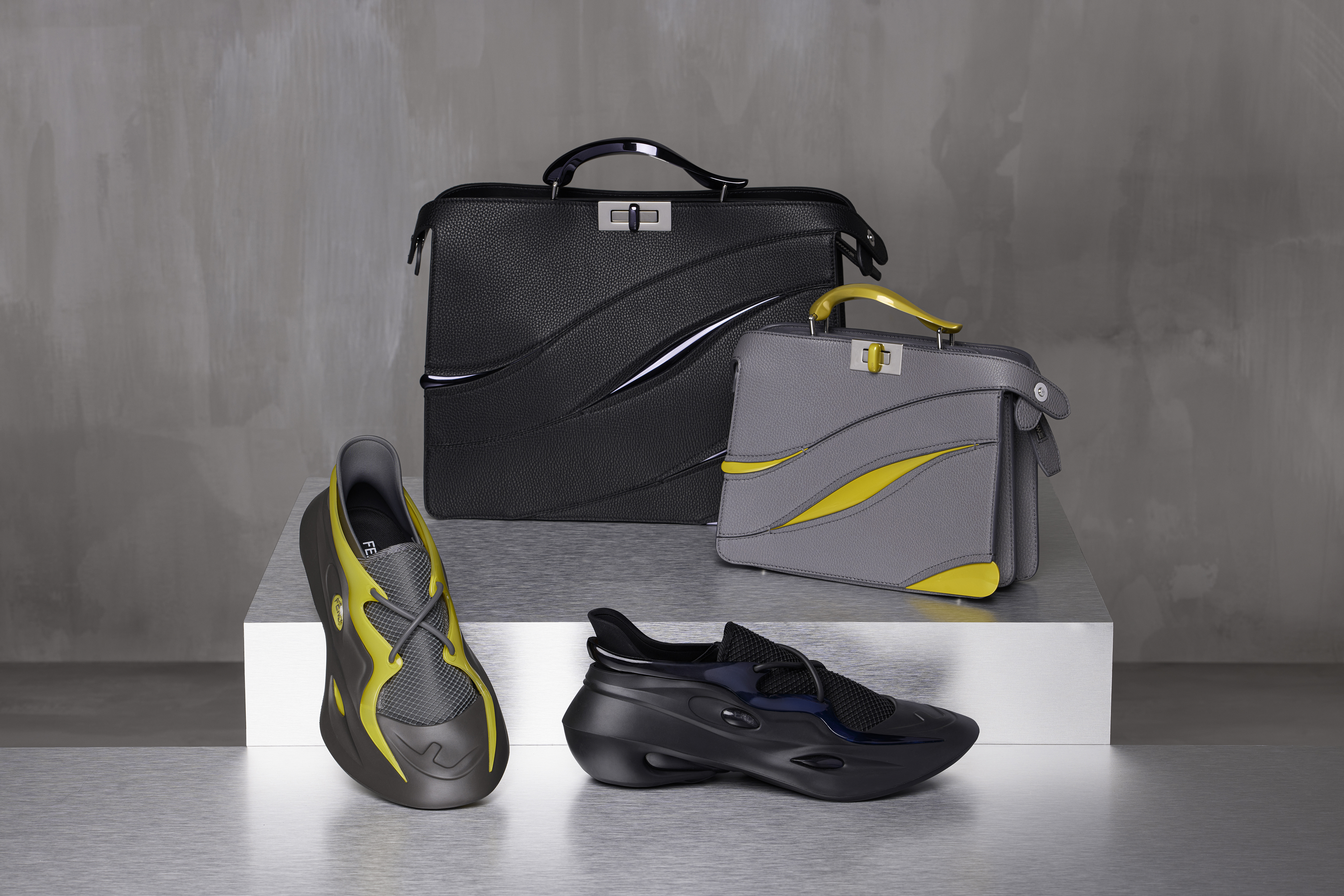 Fendi’s sci-fi collaboration with MAD Architects looks to have descended from a distant realm
Fendi’s sci-fi collaboration with MAD Architects looks to have descended from a distant realmA version of Fendi’s ‘Peekaboo’ handbag and an ergonomic sneaker are shaped by MAD Architects’ Ma Yansong’s ‘strange, unfamiliar’ eye in the Italian house’s latest collaborative project
By Jack Moss
-
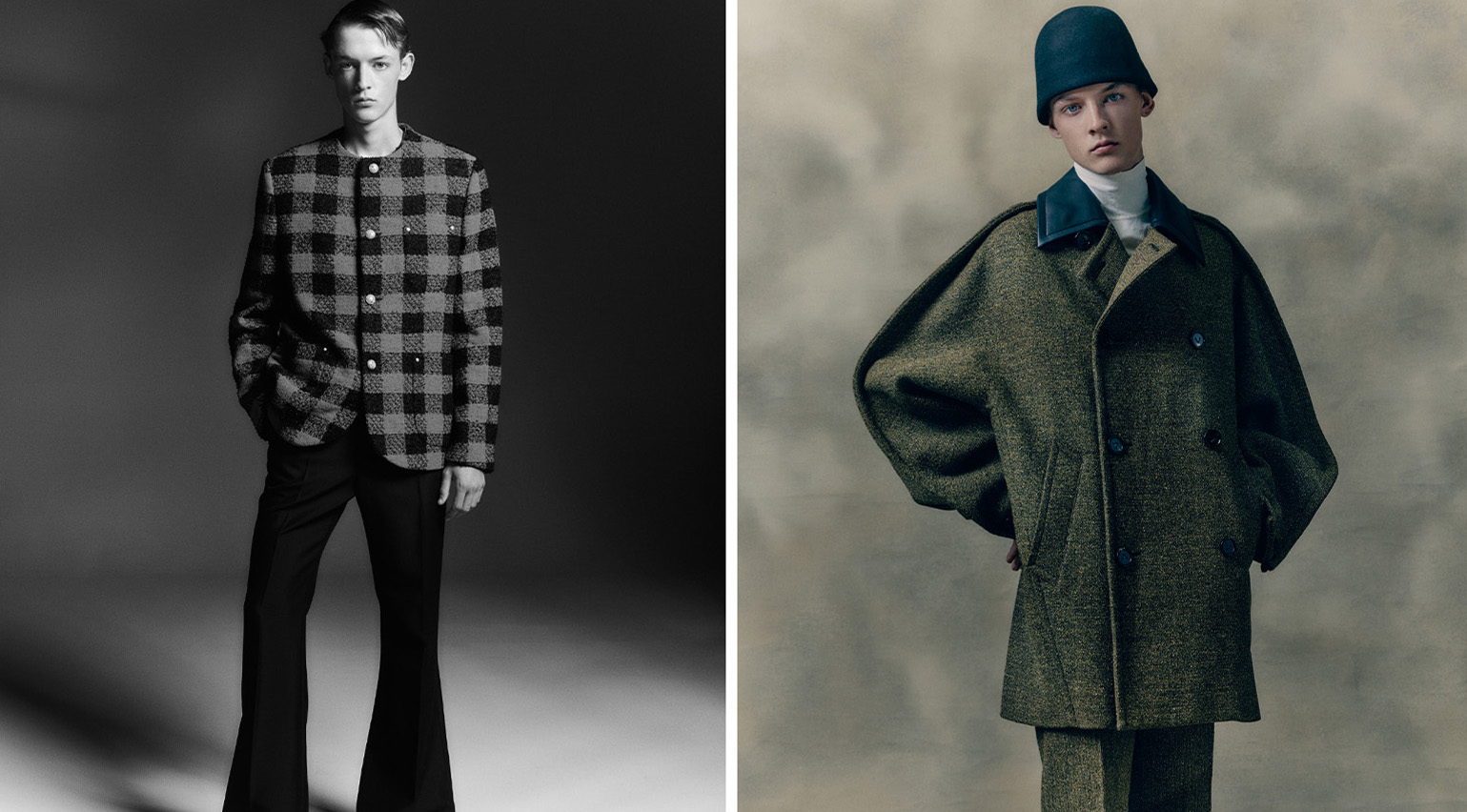 The A/W 2024 menswear collections were defined by a ‘new flamboyance’
The A/W 2024 menswear collections were defined by a ‘new flamboyance’Sleek and streamlined ensembles imbued with a sense of performance take centre stage in ‘Quiet on Set’, a portfolio of the A/W 2024 menswear collections photographed by Matthieu Delbreuve
By Jack Moss
-
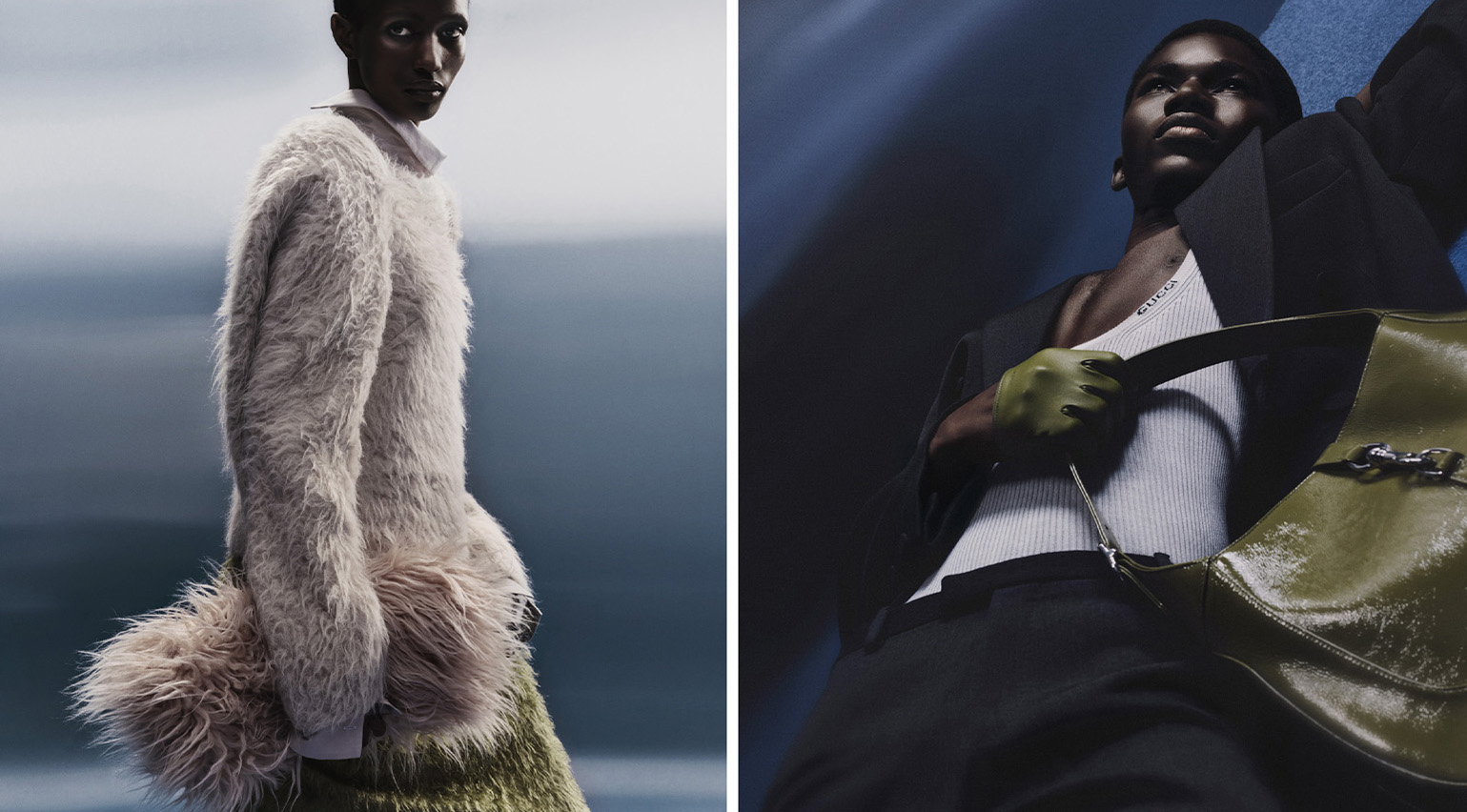 In fashion: the defining looks and trends of the A/W 2024 collections
In fashion: the defining looks and trends of the A/W 2024 collectionsWe highlight the standout moments of the A/W 2024 season, from scrunched-up gloves and seductive leather ties to cocooning balaclavas and decadent feathers
By Jack Moss
-
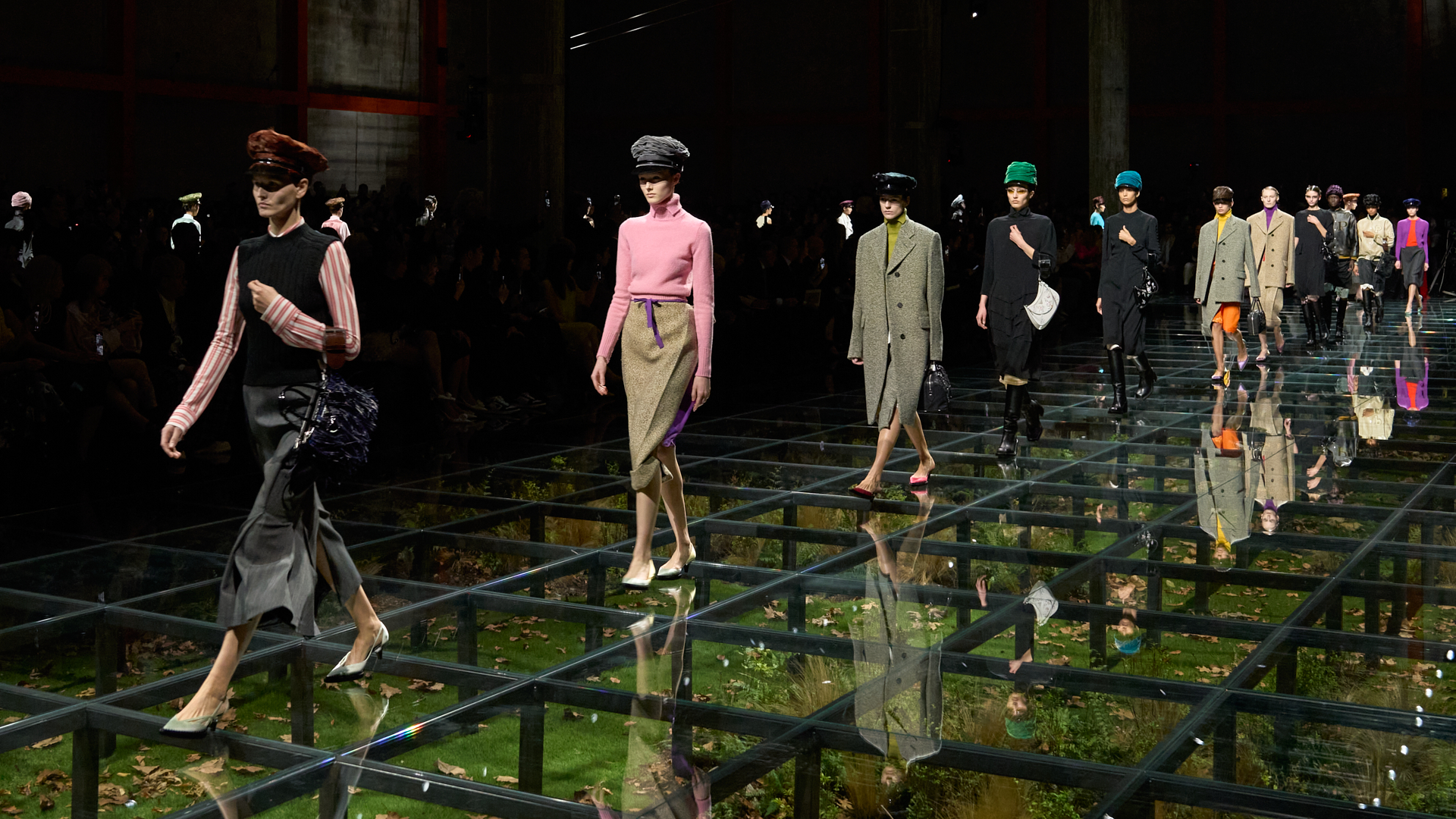 Women’s Fashion Week S/S 2025: what to expect
Women’s Fashion Week S/S 2025: what to expectNext week sees the arrival of Women’s Fashion Week S/S 2025, with stops in New York, London, Milan and Paris. Here, our comprehensive guide to the month, from Alaïa’s arrival in New York to Alessandro Michele’s Valentino debut
By Jack Moss